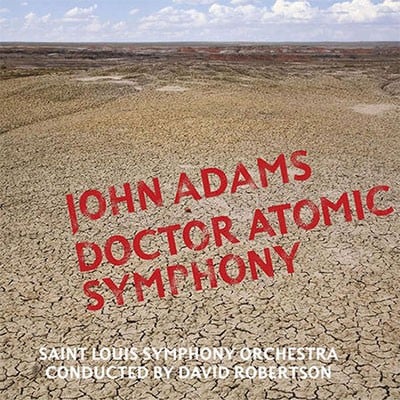2(II=picc).picc.2.corA.2.bcl.dbcl.2.dbn-4.3.3.1-timp.perc(4):I=marimba/glsp/BD/SD/cowbell; II=marimba/chimes/almglocken/tgl/crot; III=glsp/BD/lo roto-tom/hi tgl/crot/chimes/claves/almglocken; IV=chimes/BD/4 roto-toms/susp.cym/3 susp.tgl/wdbl/almglocken-harp-pft-cel-strings
Abbreviations (PDF)
Boosey & Hawkes (Hendon Music)
It began with an odd book that John Adams found in a French farmhouse where he was vacationing with his family. The book was called Guide Noir de la Provence Mystérieuse – or in English, The Black Guide to Mysterious Places of Provence.
Says Adams, “It was one of those typically French guides—minutely detailed and bristling with information and odd facts about the area (Provence): in this location there was a strange geological formation; in another unusual climactic occurrences; somewhere else a horrific historical event had taken place or perhaps a miracle had been witnessed. A chapter was dedicated to “paysages insolites”—or “strange places”. Each classication came with its own special identifying icon. It set my imagination off.…In a sense, all of my pieces are travel pieces, often through paysages insolites – it’s the way I experience musical form.
"On a certain level, Guide reminds me a bit of Fearful Symmetries, in that it’s strongly governed by a pulse, and is largely energetic; the colors are somewhat garish…you might even say “Fauvist”. I had in mind certain composers like Berlioz, Mussorgsky, or even a piece like The Sorcerer’s Apprentice – pieces that are very colorful and somewhat fantastique…. Among my own family of pieces, Guide to Strange Places belongs in the class with Fearful Symmetries, Slonimsky’s Earbox, or maybe Lollapalooza.”
Guide to Strange Places has been choreographed by Ashley Page for the San Francisco Ballet, and the Nonesuch release of a recording by David Robertson and the St Louis Symphony was listed as one of the “Ten most important recordings of the decade” by Time Magazine.

St Louis Symphony / David Robertson
Nonesuch 7559799328
Buy the CD from Nonesuch

